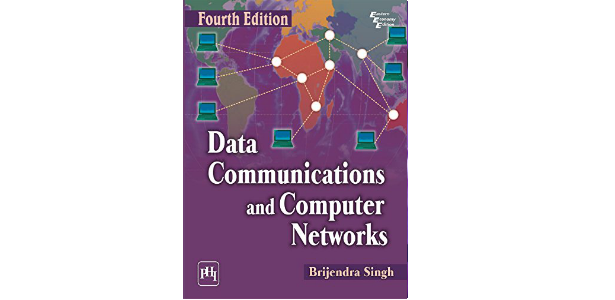November 13, 2017Prof. Brijendra Singh
NETWORK SECURITY AND MANAGEMENT

Written in an easy-to-understand style, this textbook, now in its third edition, continues to discuss in detail important concepts and major developments in network security and management. It is designed for a one-semester course for undergraduate students of Computer Science, Information Technology, and undergraduate and postgraduate students of Computer Applications. Students are first exposed to network security principles, organizational policy and security infrastructure, and then drawn into some of the deeper issues of cryptographic algorithms and protocols underlying network security applications. Encryption methods, secret key and public key cryptography, digital signature and other security mechanisms are emphasized. Smart card, biometrics, virtual private networks, trusted operating systems, pretty good privacy, database security, and intrusion detection systems are comprehensively covered. An in-depth analysis of technical issues involved in security management, risk management and security and law is presented. In the third edition, two new chapters—one on Information Systems Security and the other on Web Security—and many new sections such as digital signature, Kerberos, public key infrastructure, software security and electronic mail security have been included. Additional matter has also been added in many existing sections. KEY FEATURES : Extensive use of block diagrams throughout helps explain and clarify the concepts discussed. About 250 questions and answers at the end of the book facilitate fruitful revision of the topics covered. Includes a glossary of important terms. KEY FEATURES : Extensive use of block diagrams throughout helps explain and clarify the concepts discussed. About 250 questions and answers at the end of the book facilitate fruitful revision of the topics covered. Includes a glossary of important terms.








